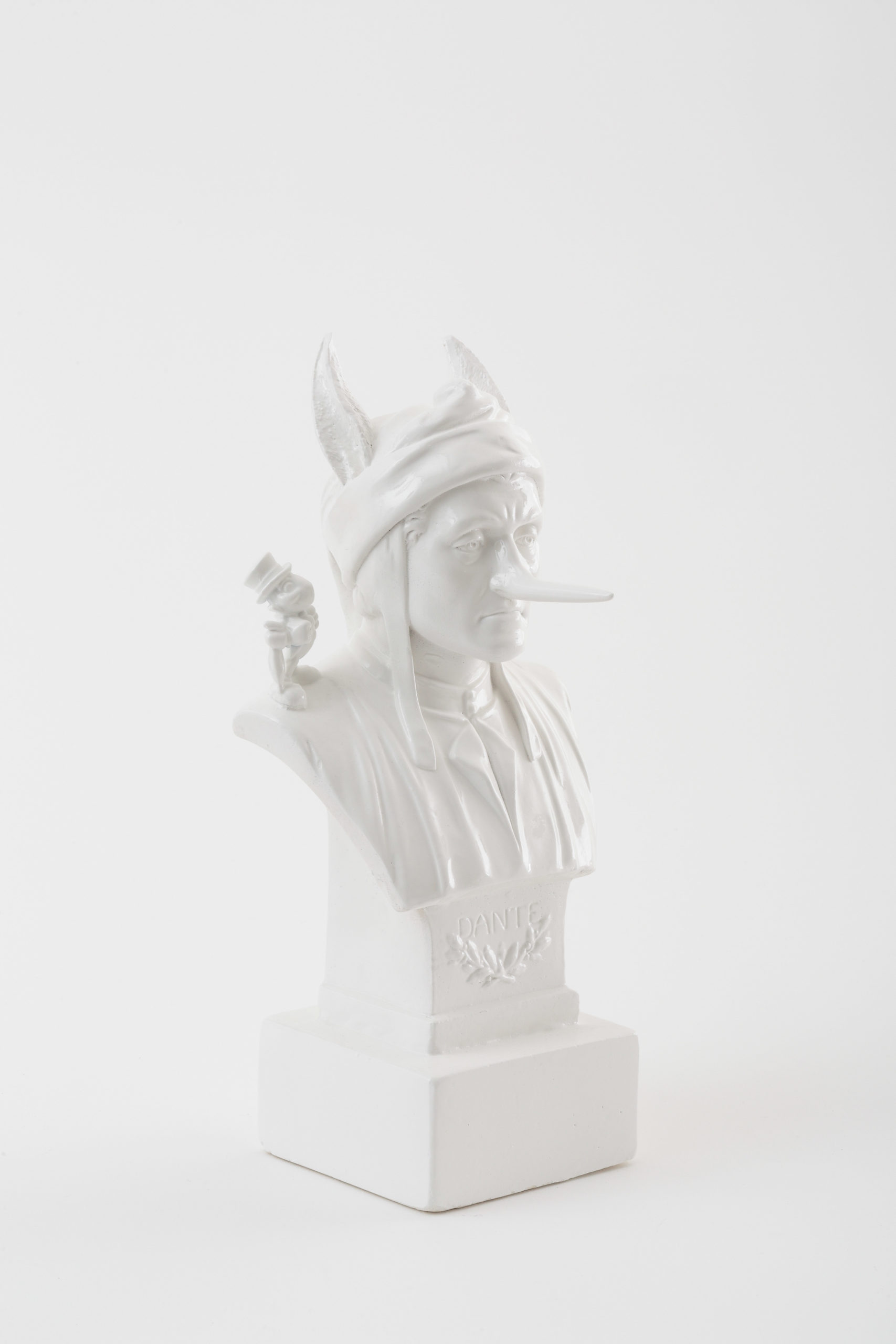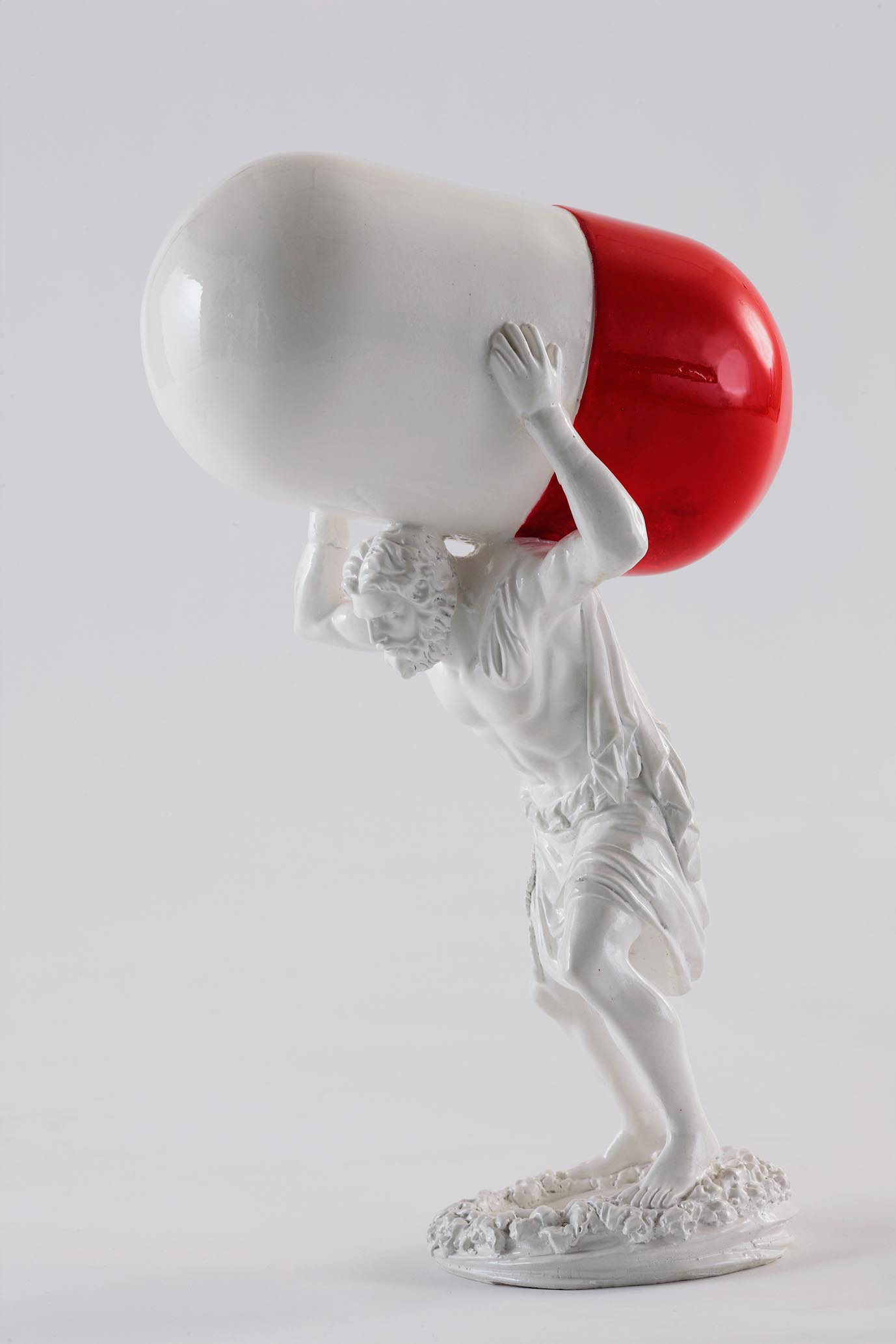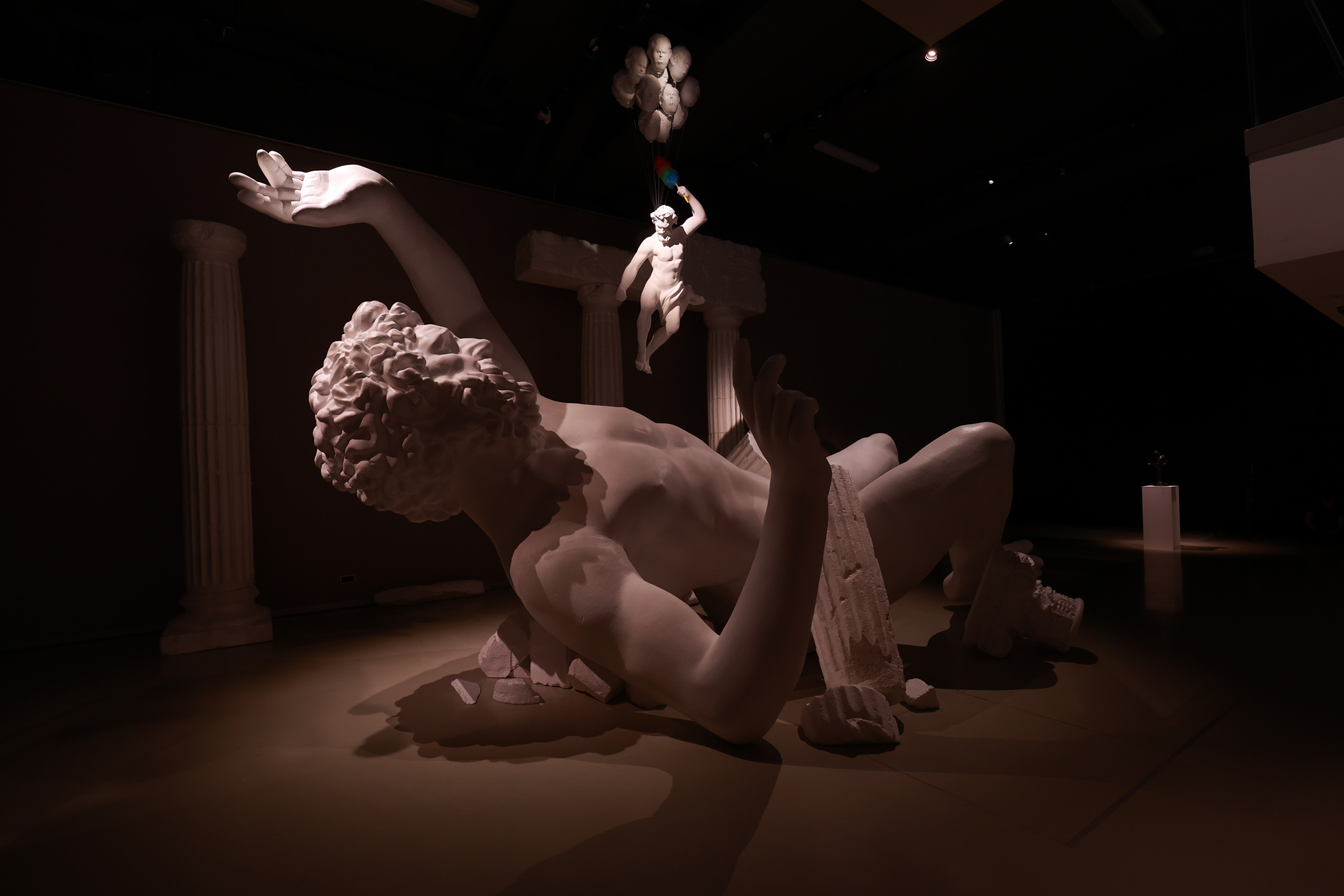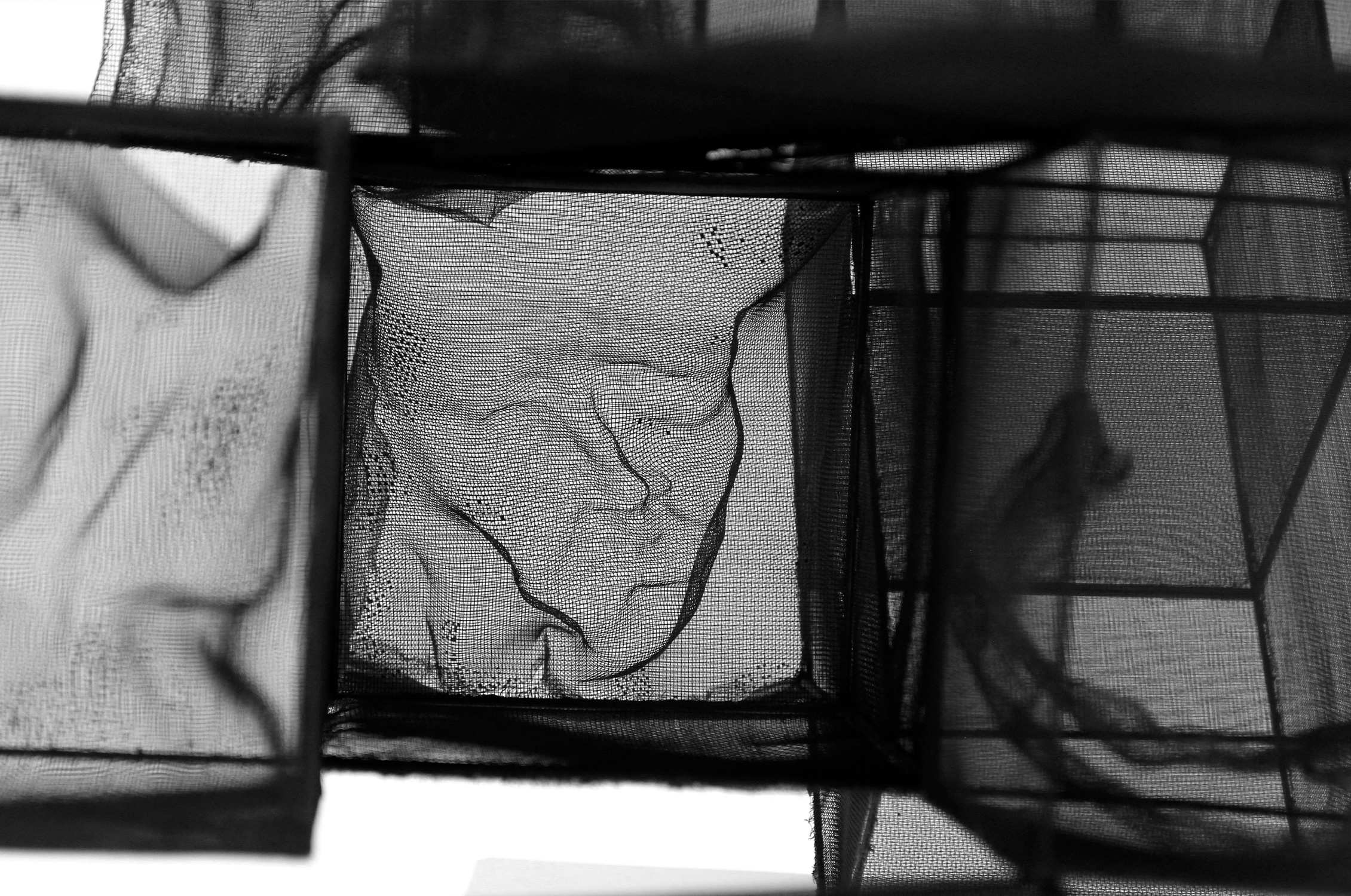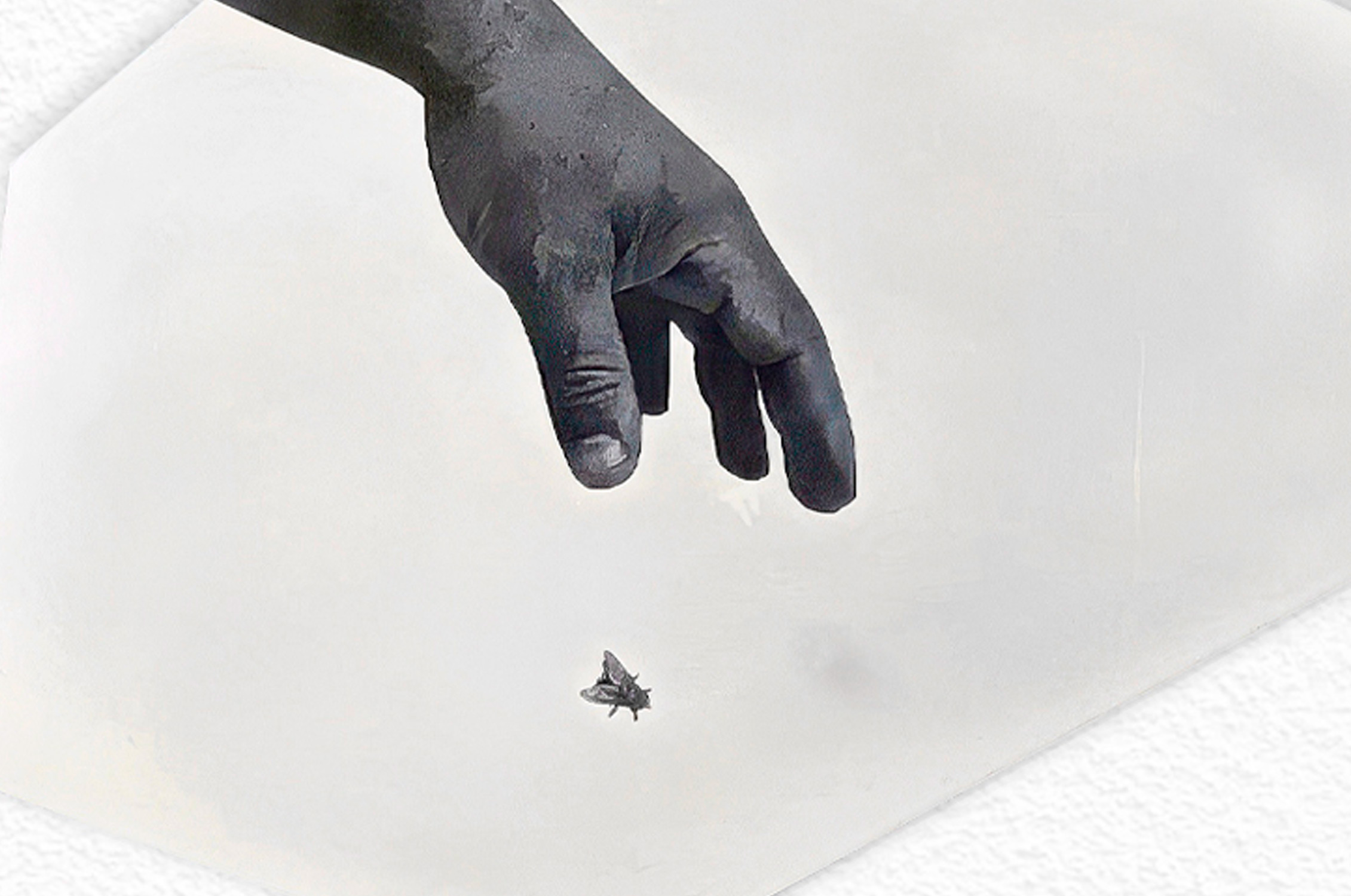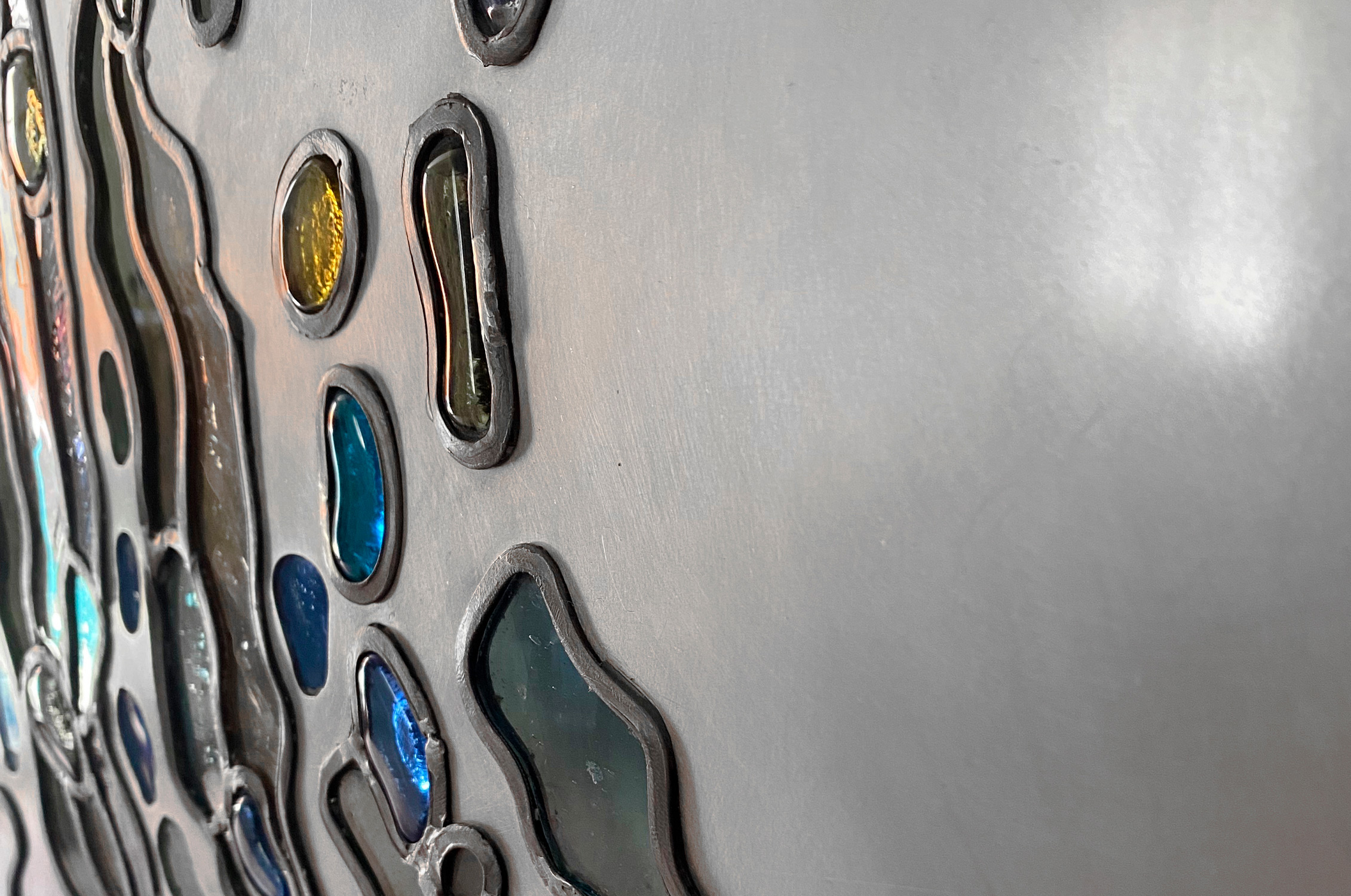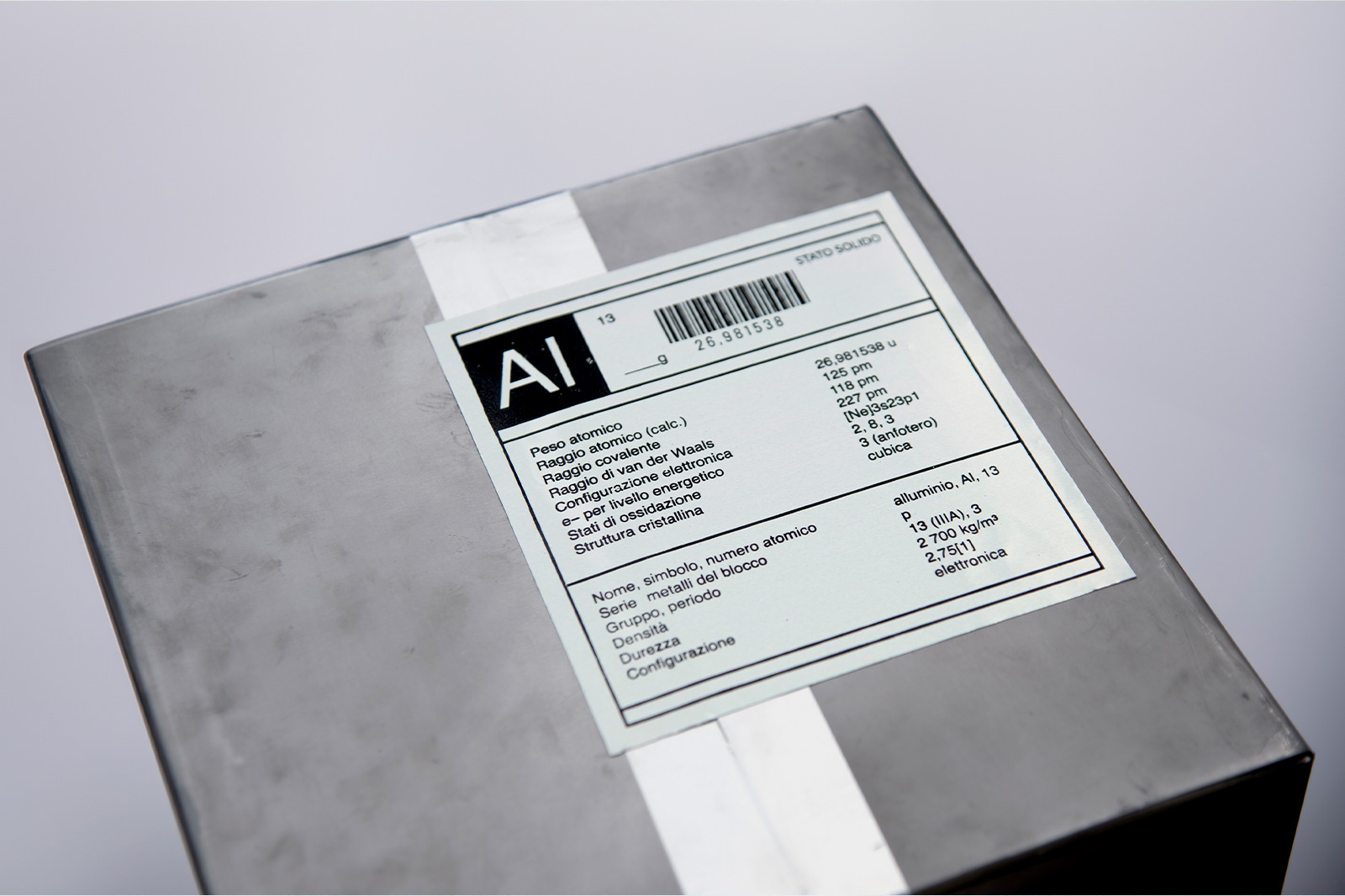WINNERS OF THE COMEL AWARD 20-21
Interview to The Bounty KillArt
by Ilaria Ferri
In 2002 Gualtiero Jacopo Marchioretto, Rocco D’Emilio, Dionigi Biolatti, and Marco Orazi, students at the Academy of Fine Arts in Turin, gave birth to the collective The Bounty KillArt. By mastering various painting techniques, engraving, photography, graphics, and sculpture and also playing with various materials from plaster to resin, from ceramics to aluminium, the collective creates a bridge between ancient, neoclassical, rococò art and contemporary art. Through irreverent irony and nihilism, they stigmatize stereotypes and idiosyncrasies of modern times. They made important solo and group exhibitions, including Oggi il kitsch, curated by Gillo Dorfles, which was held in 2012 at the Milan Triennale; in 2016 they exhibited their irreverent sculptures alongside the historic ceramics of Palazzo Madama in Turin.
How did you come up with the idea of a collective? Many artists follow a completely personal path, one of experimentation, reflection, of themes, how do you reconcile multiple personalities, multiple paths? How do you come up with a work that can represent everyone? How is your work divided? Is there a specific process and predefined roles?
We met at the Accademia Albertina in Turin, we followed different courses but we found ourselves hanging around in the courtyard and from there we began to collaborate to create the first works. There is no preordained structure, the initial idea is developed together, that’s why the final sculpture is the product of the collective which is a new entity that belongs to everyone and nobody.
How did the idea of introducing ironic, surreal elements into classic works come around? How important is the playful element in the art to you?
It is the natural result of the union of two of our passions, the one for ancient art and for the irony in dealing with everyday life. the changes in us and in what surrounds us but the game remains a fixed point that we do not want to give up.
Nel mezzo del cammin di nostra vita mi ritrovai per un paese di balocchi
You experimented using different materials (plaster, resin, plastic, metals, etc.) and in various techniques from painting to sculpture, from engraving to ceramics, up to even tapestries. How do you choose a material or a technique? Do you start from the idea that you want to create by choosing the most suitable techniques and materials or vice versa, do you start from the desire to experiment with a material or a technique?
We like to experiment, in our works we refer to ancient canons, even the use of materials follows this direction, even when we use modern materials, we use them to emulate the ancient ones, as in the case of our ceramics that are not ceramic … we have fun and play with the viewer’s perception by alternating different mediums, exploiting their strengths and weaknesses.
A critical note reads “Here then is the practice of the Bounty: taking history, understood as a chronicle of contemporary popular culture, and importing it into sculpture which, through the ready-made of the classic, becomes a representative hyperbole to talk about common heritage, combining the past with the present “. The classical component on which you graft the present clearly derives from your academic studies, but from what sources do you draw to visually tell this “Chronicle of contemporary popular culture”? From the choice of your name, to your collaborations, up to the details of your works and their titles, you can find many musicals, cinematographic, video game quotes, etc., how much do these sources affect your way of thinking about a work and working?
Our inspiration draws both from the metropolitan context and from the enormous amount of information (more or less sensible) of the digital age. The quotation is used as a game, it can often suggest a key to the work but sometimes we have fun misleading the viewer. Surely, we only mention what we consider worthy of both positive or negative note, as well as useful for understanding us and the world around us.
Livin’on the edge
To fully understand, and appreciate the irony of your works, in most cases it is necessary to have a basic knowledge of classical, Baroque, and Rococo art. Aren’t you afraid of attracting an elite audience?
Not necessarily, many sculptures that we revisit are icons of the history of art so even if you are not a great connoisseur you understand the work, in other sculptures instead it is a bit more difficult, but we hope it can be an incentive to re-study the history of art to understand contemporary art.
You are returning from an experience at the Erarta Museum of Contemporary Art in St. Petersburg which hosted your solo A Glimpse to the Future. Among the various sculptures on display, there is also a monumental clash between Zeus and Cronus. How have you been received in Russia? How did this opportunity come to you?
The opportunity arrived by email, the curator of the exhibition Dasha Varvarina ran into the catalog of our exhibitions at Marcorossi Artecontemporanea in Milan and from there, our collaboration began. Arriving in St. Petersburg we realized that all the stereotypes we had about Russia were unfounded, St. Petersburg is a city with an incredible cultural ferment, despite the cold climate, the welcome was warm, as well as the opportunity to create an installation of great dimension, we have been struck by the attention of the Russian public and we hope to go back there soon.
Gigantomachia
Among your production you have chosen Cast Away, a splendid aluminium casting, to participate in the eighth edition of the COMEL Aluminium Bonds award, and you won. In this work, the irony is perhaps in the play on words of the title rather than in the modernization of the work itself. The reference to the Dying Galata and his defeated and exhausted state of mind goes well with the concept of castaway given by the life jacket. A definitely deep reference to current events and in line with the theme proposed in the 2020-2021 edition: the castaways today in most cases are people who, defeated, give up their bonds, family and land in search of a better life. How did you decide to take part in the Comel award and why did you choose this work? How was this experience for you?
We learned about the Comel award thanks to a friend who told us about it and we thought it was a good opportunity to exhibit our first aluminium casting, which in addition to the material seemed in line with the theme of the award. We are certainly happy to have won the competition, but what struck us above all was the sincere passion that animates all the staff involved.

